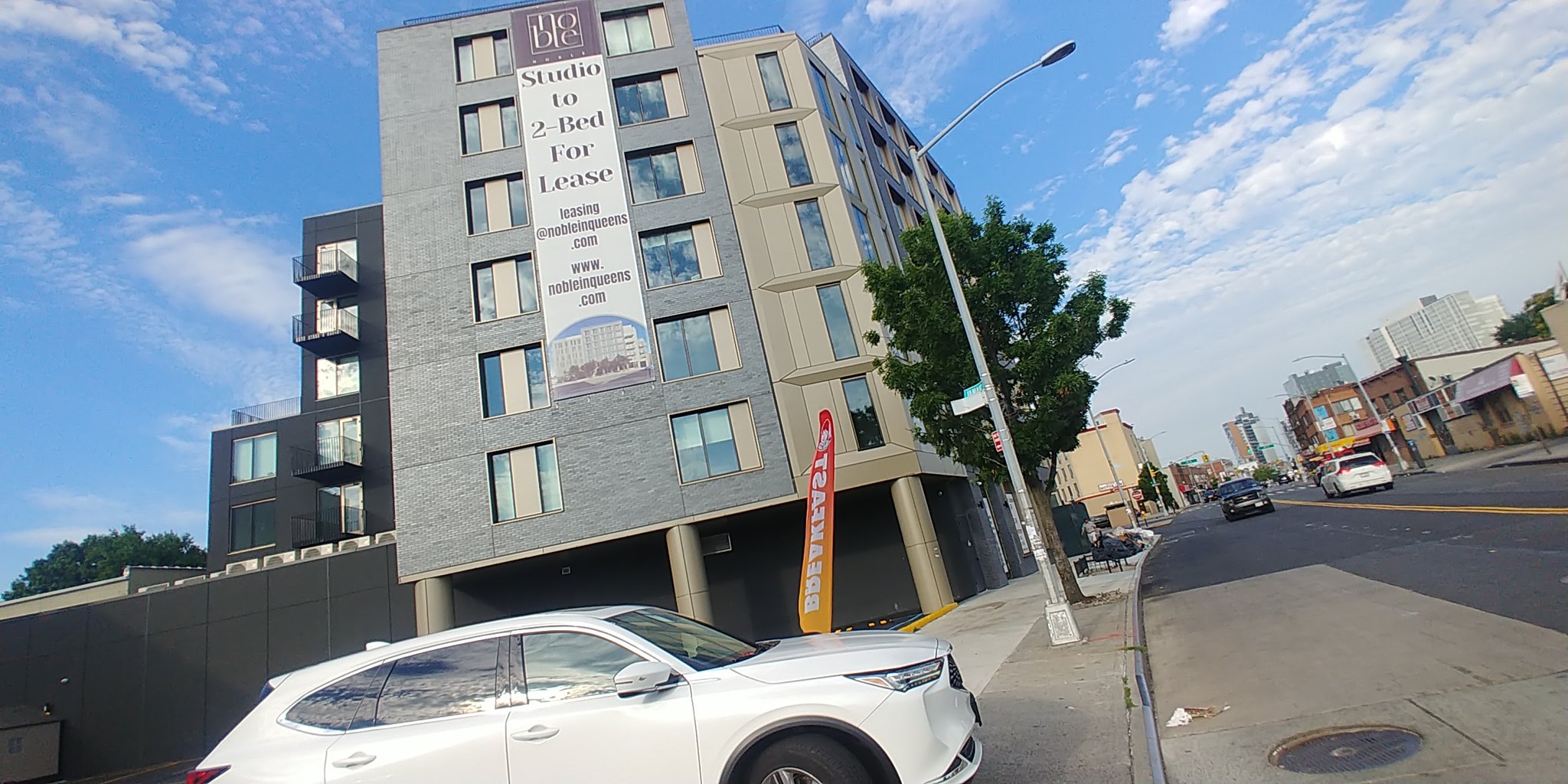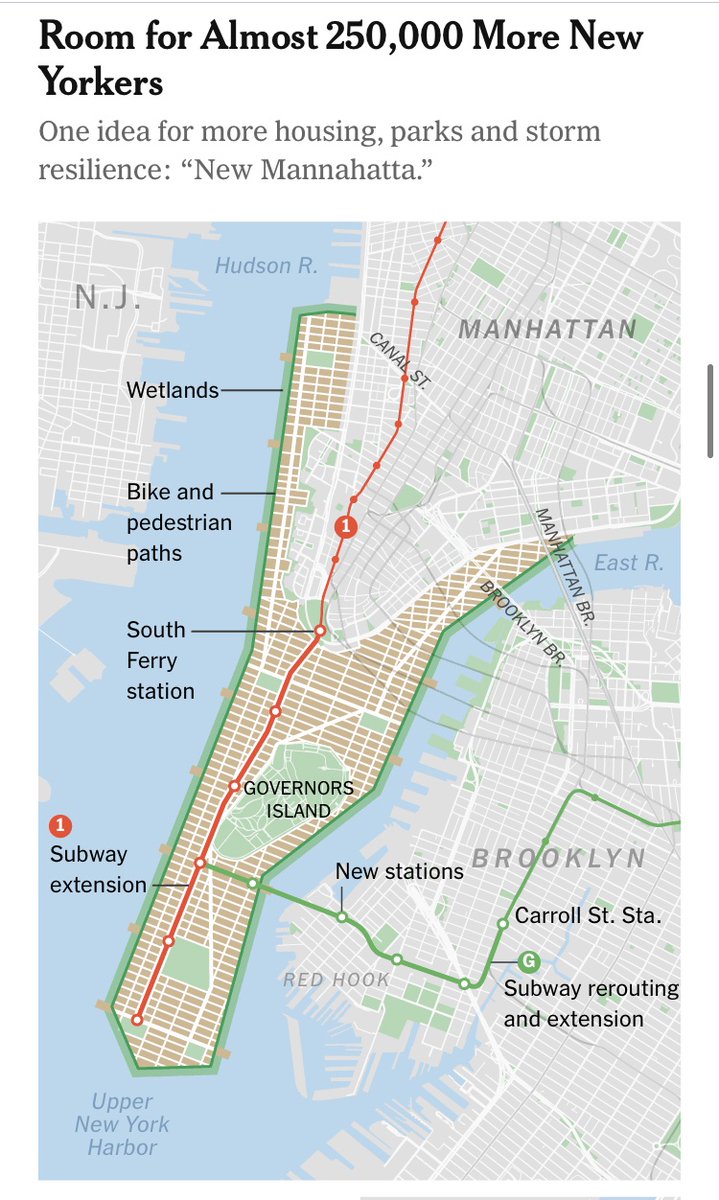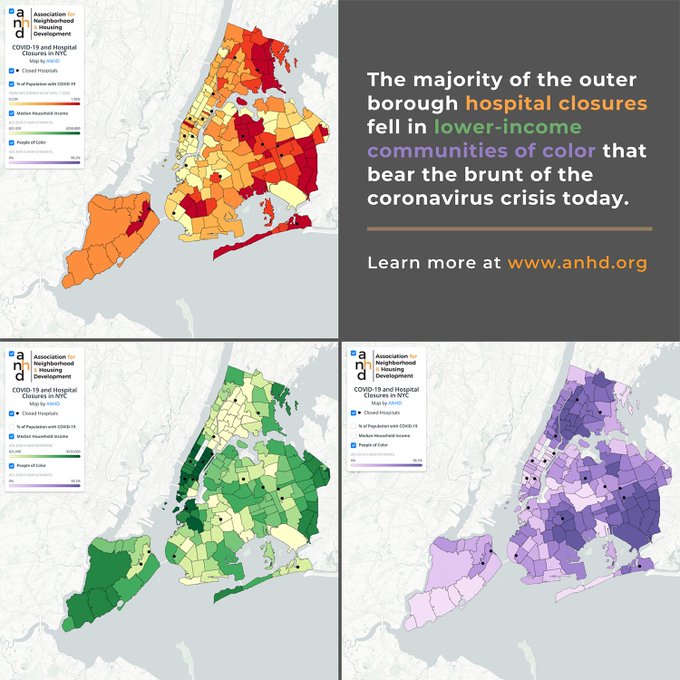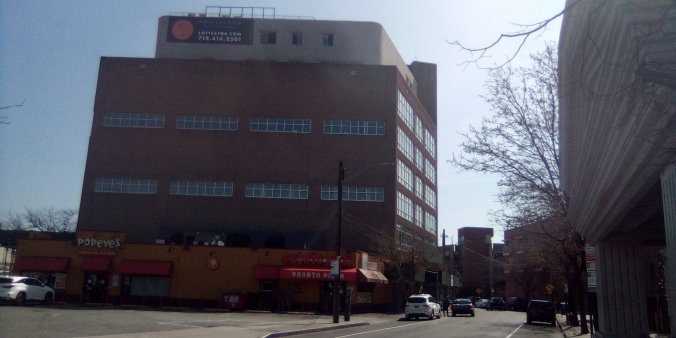<
:quality(70)/cloudfront-us-east-1.images.arcpublishing.com/tronc/CUW6D32THZDEDLU5EFSDAX26OE.jpg)
NY Daily News
Suburbs would have to step up their development game under
Gov. Hochul’s plan to build 800,000 new units of housing across the
state in the coming years.
To confront the state’s housing crisis,
Hochul proposed in her State of the State address Tuesday a plan dubbed
the “New York Housing Compact,” which will require every town, city and
village in the state to set a target number of new homes to create over
a three-year period.
The governor specifically called out suburban communities surrounding
New York City for limiting building in recent decades and said in her
address that the state is ready to step in.
“Local governments can
meet these targets any way they want,” she said. “They can shape
building capacity. They can redevelop old malls or buildings, office
parks, incentivize new housing production or just update the zoning
rules to reduce the barriers.”
However, she added, if communities
“have not made good-faith efforts to grow when proposed housing projects
are languishing for no legitimate reason, the state will implement a
fast-track approval process.”
That “fast-track” course would allow
housing proposals that are denied locally to go to a “state housing
approval board” or the courts.
The downstate area, including
Westchester, Putnam and both Nassau and Suffolk Counties on Long Island,
would be required to grow their housing stocks by 3% every three years.
Upstate
towns would have to meet a target of 1% growth every three years.
Hochul noted that New York in recent years has trailed other states,
including New Jersey and Connecticut, when it comes building housing.
The
governor also wants to see more multi-residence projects near MTA
subway and train stations. The plan requires municipalities with MTA
rail stations to rezone areas within half a mile of a station to allow
for at least 25 homes per acre.
The proposal includes $250 million
for infrastructure to accommodate the increased density including
sewers, schools and road work. It also calls for an expedited
environmental review process for rezonings.
“Today, we say no more
delay. No more waiting for someone else to fix this problem. Housing is
a human right,” Hochul said. “Ensuring enough housing is built is how
we protect that right.”
Suburban legislators were largely quiet about Hochul’s proposals on Tuesday.
History
shows they might be a heavy political lift — suburban politicians have
traditionally complained about state laws that would require them to
allow more housing.
Griping by suburban politicians forced Hochul
to drop two such ideas from the state budget in 2022, including a plan
to encourage housing near train stations similar to her current
proposal. The other would have required towns to allow apartments to be
built within single-family homes.
In the city, Hochul is seeking a
new version of the lapsed property tax abatement plan known as 421-a,
which would incentivize the building of affordable housing units. A
revamped version of the program failed to make it into the budget last
year.
Real estate groups and organizations like Homeowners for An
Affordable New York, a landlord-backed group, applauded the governor’s
proposals.
“The Governor outlined an ambitious agenda for
addressing longstanding inequities in the housing market,” spokesman
Andrew Mangini said in a statement. “Housing developers and property
owners, both big and small, look forward to engaging in conversations
with state lawmakers to ensure fair and equitable solutions to practical
issues in housing and real estate.”
Tenant advocates and
progressive lawmakers, meanwhile, panned the plan. They said it falls
far short of what is needed to address the housing and affordability
crisis already facing many New Yorkers.
NY Daily News
Mayor Adams and top city planning officials released new details
around their push to convert underused office space into apartments in
the city’s bustling business districts, including a plan that would
allow for the rezoning of millions of square feet of space in office
buildings.
The blueprint, which Adams and city planners put out through a City Planning Department study, would in part require zoning changes to permit conversions in buildings built prior to 1991.
Currently,
such office-to-residential conversions are only allowed in Financial
District buildings built in 1977 or before, and buildings in other city



 Welcome to our newest neighbors on 101st ave.
Welcome to our newest neighbors on 101st ave.












:quality(70)/cloudfront-us-east-1.images.arcpublishing.com/tronc/CUW6D32THZDEDLU5EFSDAX26OE.jpg)
















